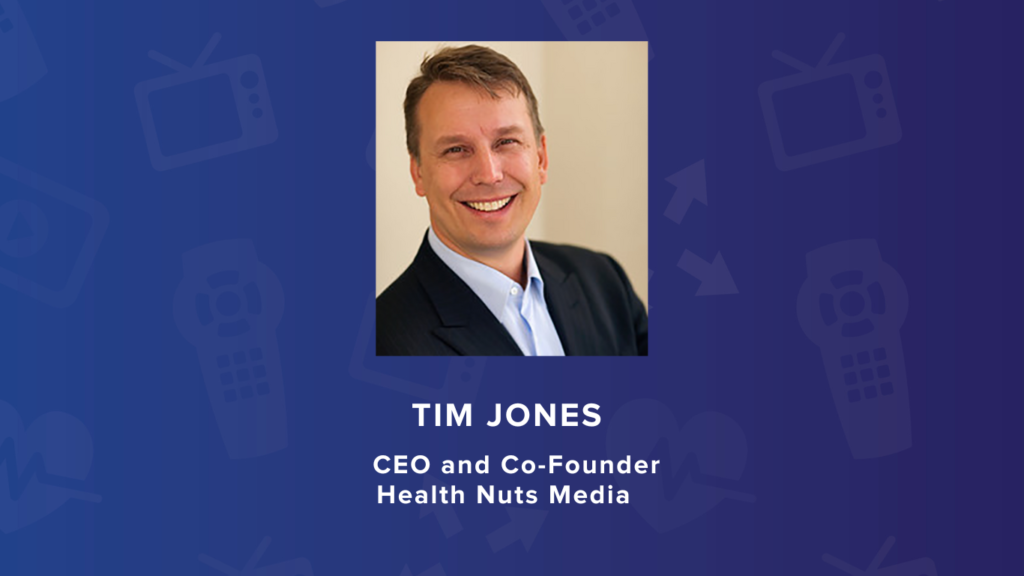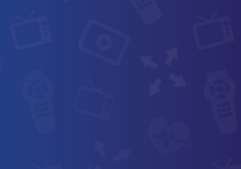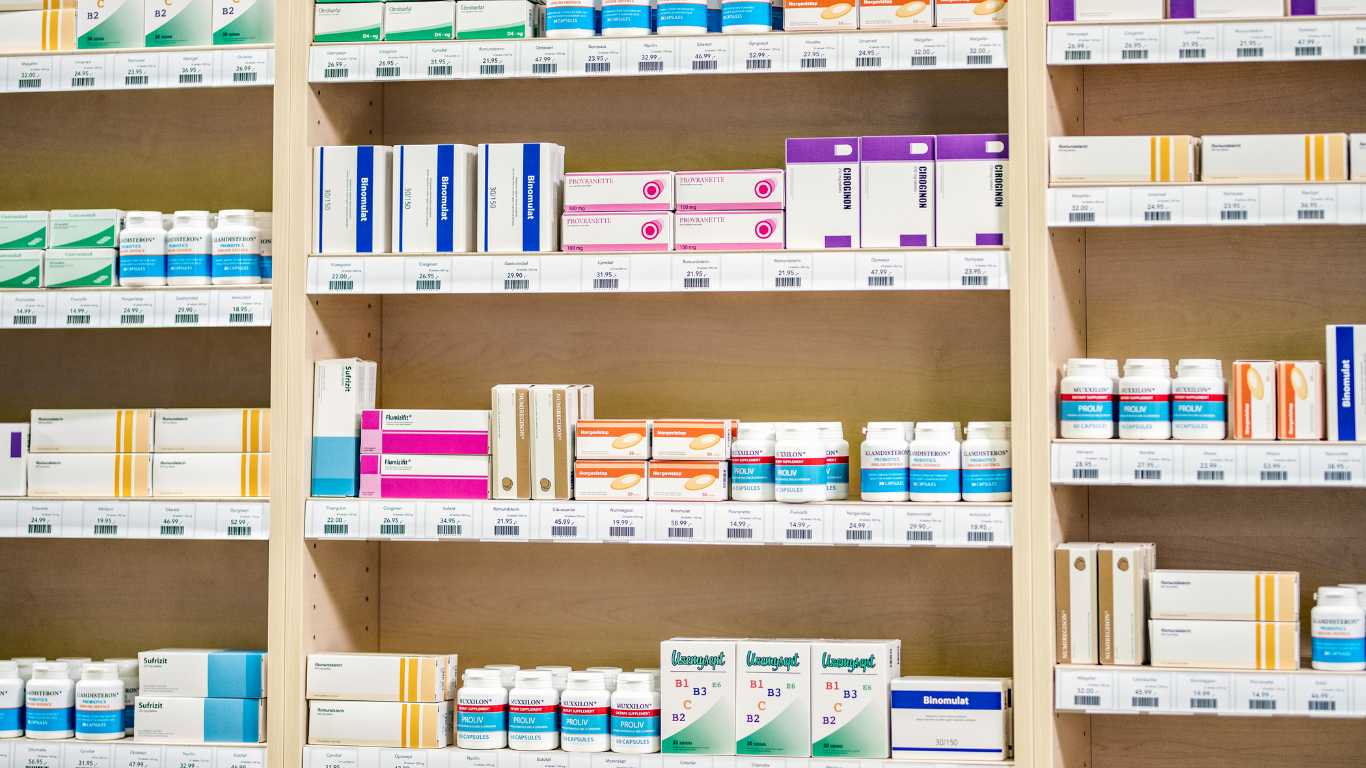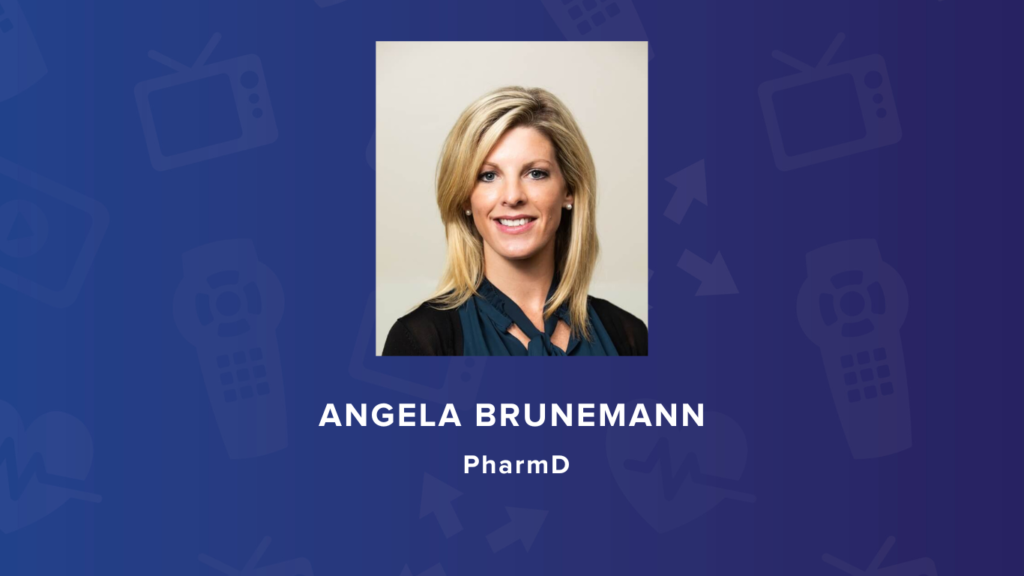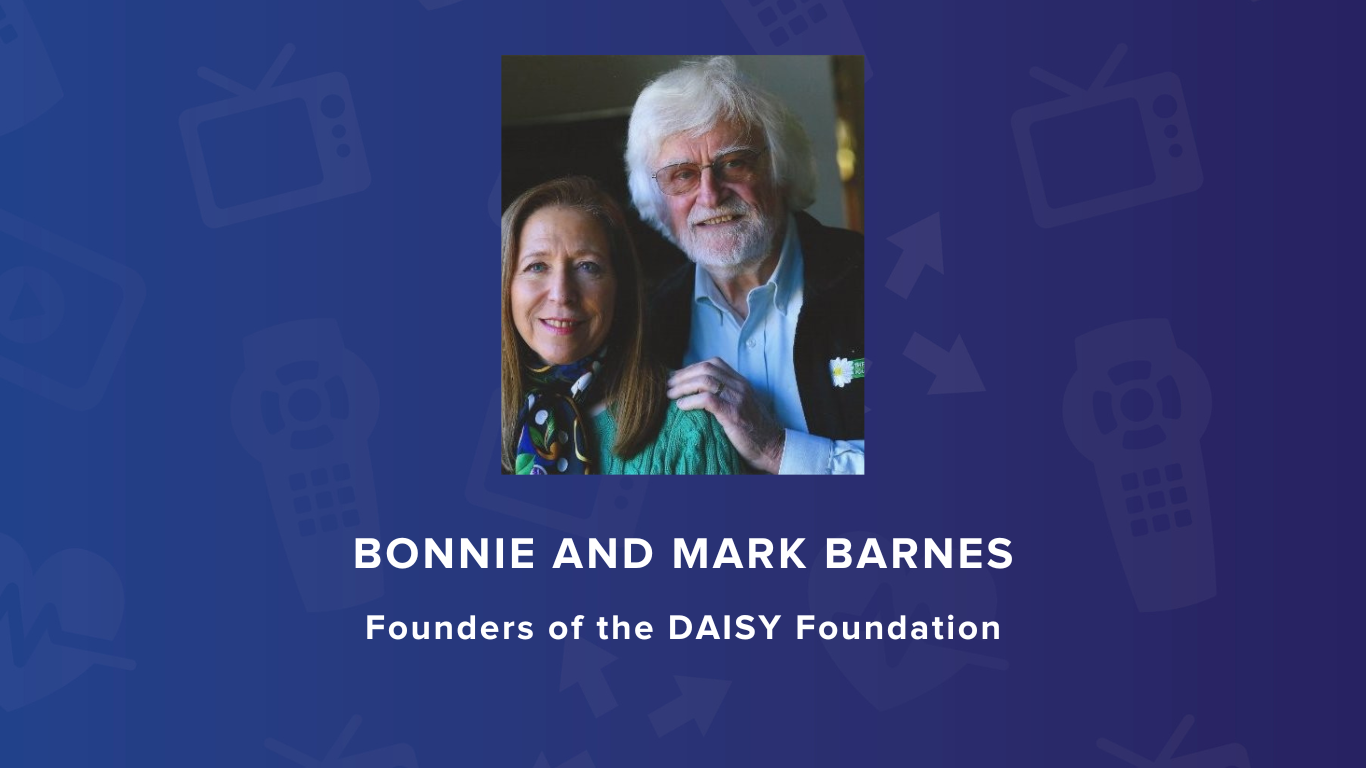Written with contributing author Linda Robinson, MSN, CPXP, RN, Vice President of Clinical Excellence, MDM Healthcare

The healthcare industry has become increasingly open to technology following the COVID-19 pandemic. New innovations in technology have given healthcare organizations the ability to transform the hospital environment. Digital display technology provides a more modern and rich experience for patients, families, and care teams. Recently, nursing thought leader Linda Robinson, MSN, CPXP, RN spoke with Chase Natoli, the Executive Vice President of Technical Sales at MDM Commercial about the topic.
Natoli works with an expert pro AV team to provide innovative display products including digital signage, DVLED displays, and video walls.
“I like to call it a digital canvas because there should really be an overarching strategy,” said Natoli.
The Pro AV team at MDM Commercial also provides essential additional signage solutions throughout each stage of the project from consultation and project planning to installation, integration, and training.

“We spend a lot of time developing these solutions, and thankfully we have an incredibly talented team behind us and some wonderful partners to help get through these things and build these projects. I love the exploratory phase of sitting down with our clients trying to understand their vision and what they see for themselves,” said Natoli. “Providing the support and the training for our clients is something we pride ourselves on. We want to make sure they are given the knowledge and ability to take control over the content of their displays.”
Digital displays provide healthcare organizations with many capabilities, such as helping patients navigate the facility, get educational content, and receive crucial information.
“Now with technology advancements, we are in a unique position to be able to really help ease the stress and burden of some of the aspects of hospital visits, even to the extent of being able to impact the experience before the patients or loved ones even leave their house. For example, through an email with guided instructions or a Google Maps type experience, if you will, of getting them from their house to the parking garage, from their parking garage to wherever they need to go within the facility,” explained Natoli.
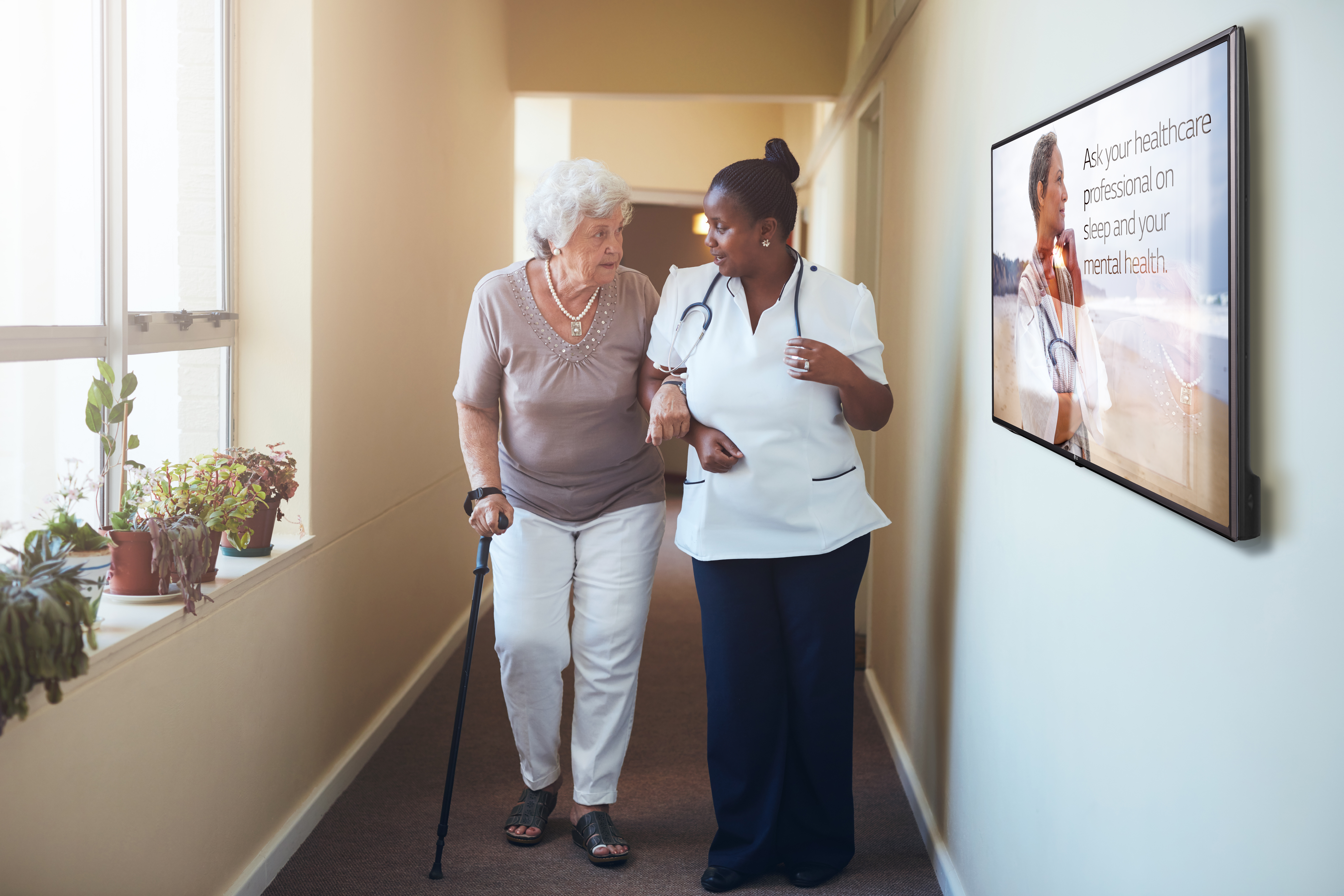
Natoli discussed several ways hospitals are using Pro AV technology, including providing interactive experiences, enhanced wayfinding throughout hospital facilities, real-time information absorption, modern digital art, robot guides, and more. “Once you get the canvas on the side of the building the sky really is the limit in terms of how creative we can get with the content. We have a great in-house content team, aside from that, we have the expert technical team and the developers who can integrate with these different backend systems in the hospital to provide useful information to people as they are beginning that journey, too,” he said.
“We are at a point with the advancements in DVLED (Direct View LED) technology and outdoor displays that you are starting to see screens pop up on the side of the building, whether it be for advertising purposes or informational purposes such as providing emergency room wait times and integrating with a check-in platform within the hospital.”
Natoli discussed additional innovative ways digital signage is being used in hospital settings including providing screens for digital donor walls, and informational screens for patients in waiting rooms.
“It really starts from the outside of the building, whether it is for real time information absorption, a wayfinding experience delivered through the mobile phone or education delivered through the mobile phone, like what we do with the Journey PX platform. Another example is kiosks for wayfinding outside for a larger campus all the way into, you know, right into the main entrance,” he said.

He also mentioned the advanced capabilities his team has when using digital signage for artistic deployments inside hospitals.
“We can do curved screens, concave and convex. We can do angled screens to wrap around walls, and it has allowed us to leverage an artistic utility and provide a stunning element. We have had some clients that have gone as far as to do that type of project as a centerpiece and utilizing such techniques as biophilic content for these projects,” he said.
This type of visual stimulation can bring the stress levels of visitors and staff down, which is incredibly impactful in a stressful hospital environment.
Natoli noted a past project in a cancer treatment wing at a hospital.
“We have a highly creative solution deployed where patients can take a walk through the journey of what treatment is going to look like and see the genetics and the care teams that they are going to be working with. It is about a 120-page experience as you navigate through it deployed on a 55-inch touchscreen monitor that is kept up to date. There are embedded videos for education in it as well. Between what we are doing on the signage side and even through the Journey PX platform, I think we are striving to be a part of the solution to help ease the stress at hospitals and keep people informed,” he said.
This is an idea echoed by Robinson, who advises the Journey PX team as the Vice President of Clinical Excellence at MDM Healthcare.
“We live in a day and age where there is a lot of noise. There are a lot of things thrown at all of us everywhere we go—even in these environments in the healthcare space—which is a problem. Our brains get trained to just filter this stuff out and ignore it. I think all of us at MDM put in a lot of work to be a part of the solution,” she said.
Another application for hospital digital signage is digital menus in hospital eateries.
“We have a lot of those deployed in various hospitals. Our content team has developed extensive menus that are themed,” Natoli said.
Robinson noted that this type of signage not only drives hospital revenue but elevates the experience for hospital visitors, staff, and patients.
Digital canvases also help healthcare organizations strengthen and elevate their brand.
“The brands themselves become stronger when all areas that display their messages are aligned, whether it is physically on-site at the healthcare campus or receiving information through email or visiting the website. It provides a consistent experience for everybody from the top down,” Natoli said.
In an era where modern technology drives progress in all industries, including the healthcare industry, Pro AV solutions can significantly elevate and modernize the hospital experience for those who visit and work there.
“It is not just the medical personnel in a hospital that impact the patient experience, it takes a variety of experts to provide that rich experience and space of wellness for patients and their families. The Pro AV technology really helps do that,” said Robinson. “It is an exciting space to be in, and I think as technology has evolved, it has provided some great tools to put information in the hands of those that need it. We hope we are having a significant impact on the overall experience people have as they go on their journey through the healthcare system,” said Natoli.
Listen to the full podcast episode below and connect with Chase and the Pro AV team at MDM Commercial online.
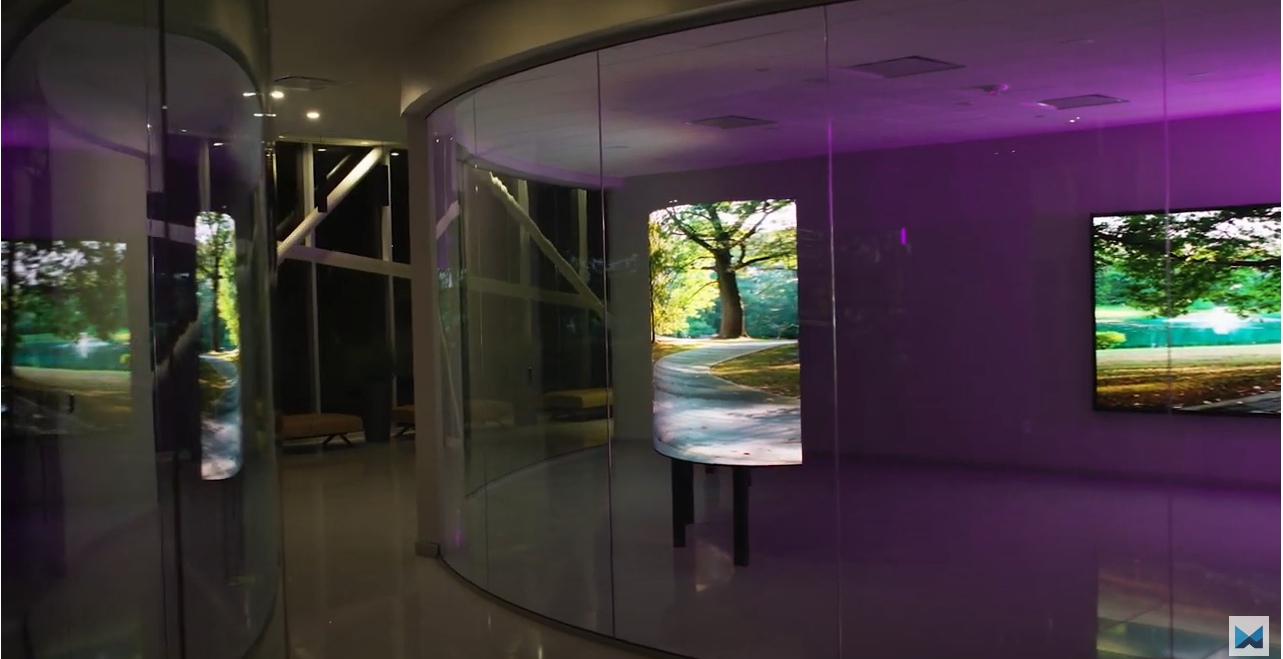
Listen to the full podcast interview with Chase Natoli below.
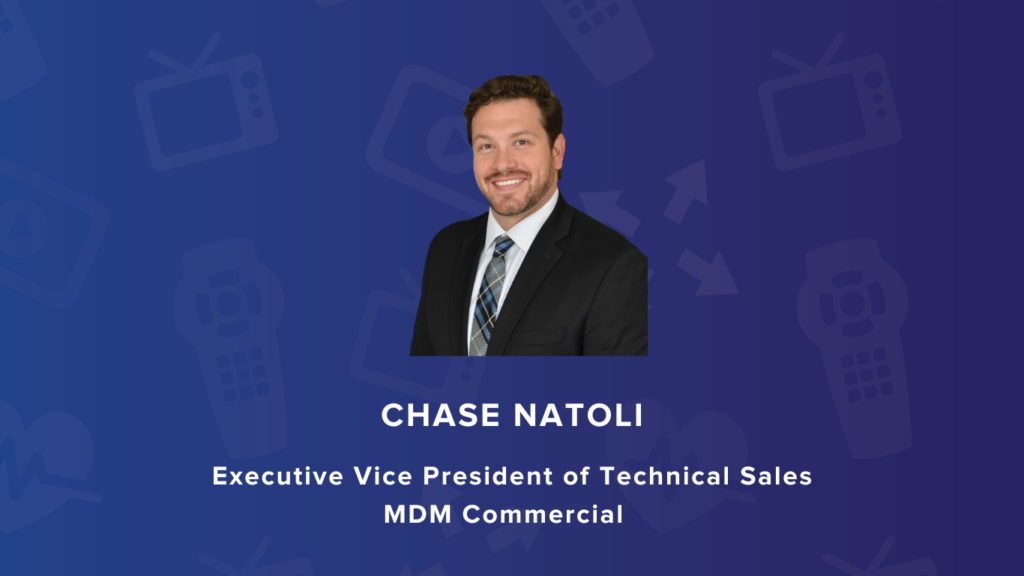
Video has increasingly become a popular medium for education. The medium has proven to be an effective way to convey information and engage learners. In the healthcare industry, video education can be particularly useful for promoting health literacy. An article published in The Journal for Nurse Practitioners states, “Patient-education needs to be a central priority in every patient encounter. The use of technology can convey complicated ideas by pictures, video, and multimedia, which transcend the spoken and written word and provide opportunities to bridge the divide of limited health literacy.”
Animation is a powerful tool in health videos, particularly when it comes to conveying complex ideas and improving the clarity and effectiveness of health videos. Animators can create visual aids that help to clarify and simplify health information. It also is a form of engaging content that can hold the attention of viewers and enhance their learning experience. Recently, MDM Healthcare Vice President of Clinical Excellence Linda Robinson, MSN, CPXP, RN sat down with Tim Jones, Emmy award-winning animator, CEO and Co-Founder of Health Nuts Media.
He explained that the use of video content to promote health literacy goes as far back as World War II when the U.S. Department of Defense commissioned artists such as legendary director Frank Capra and writer Theodor Geisel, aka Dr. Seuss, to help them produce training videos for soldiers. “They decided to create these animated films to help these newly inducted soldiers understand the information that was going to help keep them alive. I find it interesting that in some way what I do today has been around for eighty or ninety years,” said Jones.
After a successful Hollywood career, including receiving an Emmy award, Jones became involved with animating content for the Starlight Foundation, who asked him to help produce animated videos for teens with cancer.
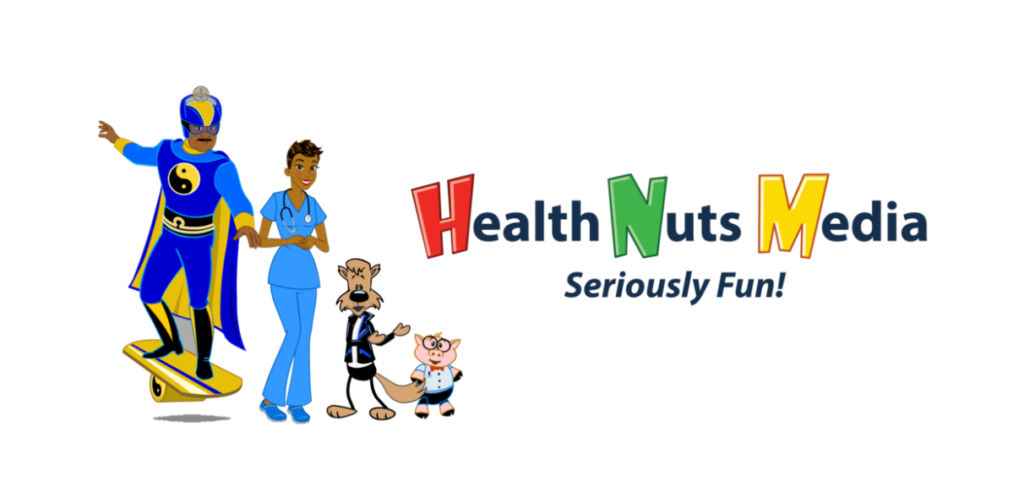
He explained that the impact these videos made was apparent after a young cancer survivor expressed that these videos helped her in her fight with the disease. Jones reflects on how powerful this moment was for his career. “I love animation, the storytelling, and the artistry but it was not until that moment that I realized the impact it had made. I thought it was for entertainment only and I really did not fully understand that it could be such an effective tool and make such a difference in people’s lives. So that is how I got started,” he said. In 2010, he co-founded Health Nuts Media, which is now healthcare’s leading producer of health-related animation.
Jones also explained that animation can be used to depict scenarios or processes that may be difficult to capture through live-action video. “Animation can create an authentic connection with the audience in a way no other medium can. In animation, we suspend our disbelief and buy into the animated world. When we use animation and humor to make a more poignant point it can be really effective,” he said.
He also discussed the use of animation and video to promote health literacy. He referenced case studies that support the fact that people are more likely to retain information obtained by watching a video as opposed to a pamphlet, or even verbal instruction. “Both short-term knowledge and long-term retention is improved when health knowledge is obtained from watching a video,” he said.
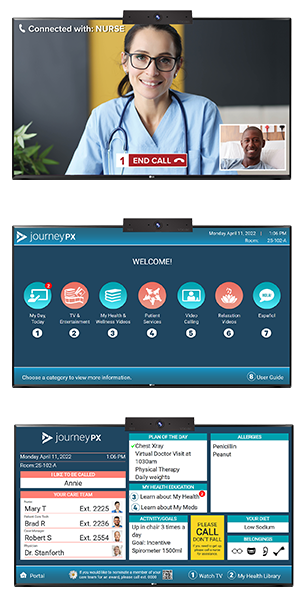
Animated videos allow for enhanced storytelling, which is another one of its unique benefits Jones noted. “We focus on is the storytelling and the message of why this is important. A lot of the successful patient education really is impactful on an emotional level,” he said.
Standout, impactful content is one of the reasons MDM Healthcare is proud to list Health Nuts Media as a content partner. MDM Healthcare’s innovative patient engagement platform, Journey PX, elevates the patient and care team experience through technology solutions. Solutions such as My Stay, which offers patients a substantial education library that covers an extensive list of medical conditions and medications. This resource, coupled with Journey PX’s integration with the EMR, provides hospital care teams with the ability to auto-assign education in an individualized manner in response to a patient’s unique set of needs.
Jones also touched on the fact that due to advances in technology, patients now can watch education after discharge, which is even more impactful when it comes to their retention.
Journey PX allows for video education that is assigned during the patient's stay to also be sent via text or email to the patient for viewing at home to reinforce learning. Journey PX can also embed individualized patient education in the patient’s portal for home viewing to aid in answering any questions the patient may have once they are home.
You can view more about Health Nuts Media, including some examples of their animation on their website.
Listen to the full podcast interview with Tim Jones below.
